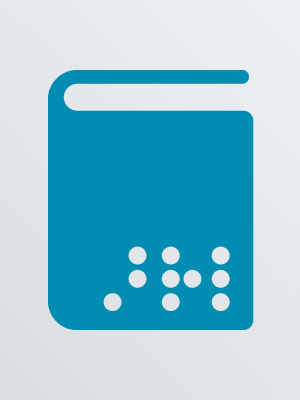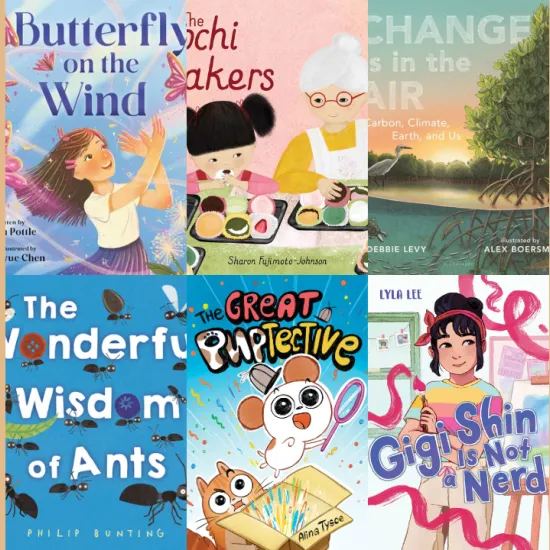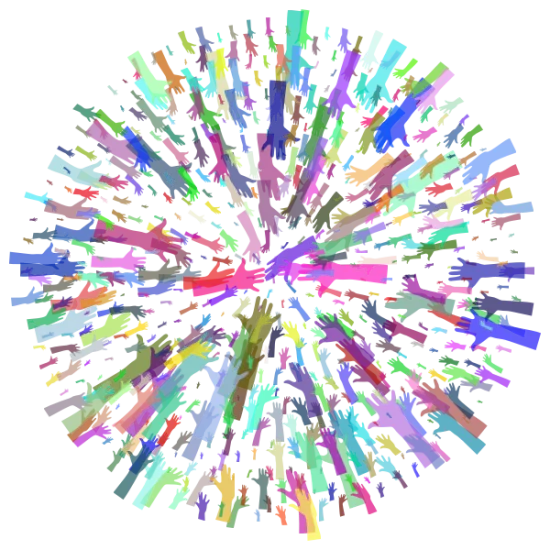- Kenyanah B.
- Tuesday, January 17, 2023
"Access to communication in the widest sense is access to knowledge, and that is vitally important for us if we [the blind] are not to go on being despised or patronized by condescending sighted people. We do not need pity, nor do we need to be reminded we are vulnerable. We must be treated as equals – and communication is the way this can be brought about.”
-Louis Braille
January was declared National Braille Literacy month to honor Louis Braille advocacy, contributions, legacy, and raise awareness of the importance of Braille to the blind and visually impaired community. Braille literacy allows blind or visually impaired individuals more independence, is a critical component that supports educational advancement, and increases employment prospects.
Braille is a tactile reading and writing system used by blind and visually impaired people who cannot access print materials. Braille uses raised dots to represent the letters of the alphabet, symbols, punctuation, numbers, scientific characters, musical notation, and computer notation. Braille is not an independent language but functions as a reading and writing system of the same language.
Braille can be contacted or uncontracted. Grade 1 braille uncontracted and consists of the 26 letters of the alphabet and punctuation. When writing or reading Grade 1 braille all words spelled out letter for letter, having one braille cell correspond with each letter. Grade 2 braille consists of the 26 standard letters of the alphabet, punctuation, and contractions, instead of having one braille cell corresponding with each letter, grade 2 braille uses one or more braille cells to correspond with groups of letters or even whole words. Grade 3 braille is considered braille shorthand with entire words compressed into only one or just a few letters. Grade 3 braille is often only used in personal letters, diaries, and notes. While Grade 1 braille is taught when first learning braille and Grade 2 braille is used for most public signage and books.

Animals

It Can't Be True

On the Move

Louis Braille

Six Dots

Black Beauty






